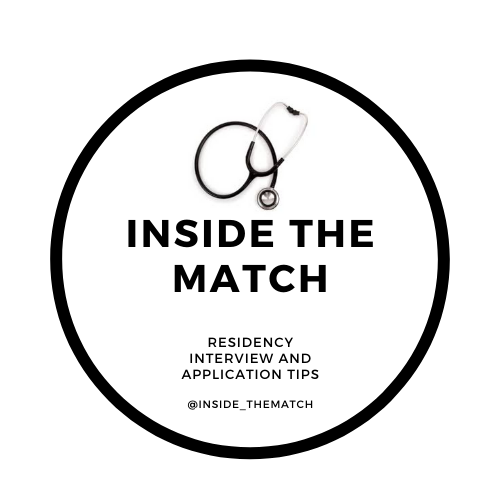Tips to Get a Strong SLOE for Emergency Medicine
Written by Elizabeth Yim
If you are applying to Emergency Medicine (EM) this year, chances are that you’ve heard of the “SLOE.” The SLOE, or Standardized Letter of Evaluation, is often cited as one of the most, if not the most, important components of your residency application. As I often heard during my application cycle, EM people trust other EM people. Therefore, residency programs put a lot of weight on how you were perceived by one of their own.
Types of SLOEs
We love acronyms in EM and it’s no different when it comes to SLOEs. There are:
ESLOE for academic EM faculty: Typical SLOE you’ll get from an EM rotation at a place that has a residency program. This holds the most weight. Usually, students get 2-3 from EM rotations (although in the past due to COVID restrictions on rotations students only needed 1)
SLOE for non-academic EM faculty: This is a SLOE written by an EM doc from a non-residency affiliated hospital
Sub-specialty SLOE: This is a SLOE written by an EM doc in an EM subspecialty rotation such as ultrasound or PEM.
O-SLOE: The “O” stands for “off-service” that is written by a non-EM doc from another rotation that you’ve done. There is no preference as to which specialty your writer is from, only that your letter-writer knows you well. This type of SLOE was implemented in 2020 so it’s newer, but it holds slightly more weight than a standard narrative letter of rec. If your letter writer has not written your letter yet, I would recommend you ask them to use the O-SLOE form.
So what exactly is evaluated and how can you secure a killer SLOE?
Components of the SLOE
There are 4 sections: Background Information, Qualifications for EM, Global Assessment, and Written Comments.
Background Information: This is where your evaluator writes what # EM rotation this is for you, what grade you received, and how you stacked up against other students the past academic year.
Qualifications for EM: Here, you are compared to your peers on your commitment to EM, work ethic, ability to form differential diagnoses and treatment plans, ability to work in a team, level of compassion demonstrated toward patients, probable amount of future guidance required during residency, and prediction of success.
Global Assessment: The letter writer will rank you in the top 10%, top ⅓, middle ⅓, or bottom ⅓ compared to other candidates.
Written Comments: Here, your evaluator will paint a picture of who you are as a student and a person, including factors like your maturity, willingness to help others, and attitude.
I would also recommend looking up a SLOE template so you know exactly what you will be evaluated on.
How to Get a SLOE
Now that you know what is in a SLOE, you may now be wondering whom to ask for one. You need to have a SLOE from each site you rotate at (except if your rotation falls after the application cycle). In fact, not having a SLOE from a rotation is seen as a red flag and you may be asked to explain why you did not obtain one at an interview. Aim to have at least 2 SLOEs. Make sure you clarify on day one how you will obtain one; you don’t want to be scrambling toward the end of your rotation to get one, especially if it is an away rotation with no guaranteed follow-up once you leave.
How to Get a Strong SLOE
Alright, now you know how to get a SLOE. But you don’t want just a SLOE; you want a strong SLOE.
Ask for feedback at the end of EVERY shift. I usually asked after sign-out to avoid interrupting patient care even though that sometimes meant that I had to stay later. Ask even if you don’t feel like you did that well on a shift and you’re scared of hearing the feedback. Asking for feedback demonstrates that you care about improvement and you can take constructive criticism. Nobody expects you to be perfect. They just want you to be moldable and willing to learn. But remember, you don’t just want to ask for feedback, you want to be able to act on it and implement the suggestions in future shifts.
If there is a certain area that you were not that strong in toward the beginning of your rotation, I would advise telling your senior resident and/or attending at the start of a shift and telling them specifically that you want to work on that skill. Then, follow up at the end of your shift to ask how you did. Often, they will share suggestions for how to work on these weaknesses and can comment on your efforts to improve your evaluations.
Hopefully, these tips help you get strong SLOEs on your upcoming EM rotations!

